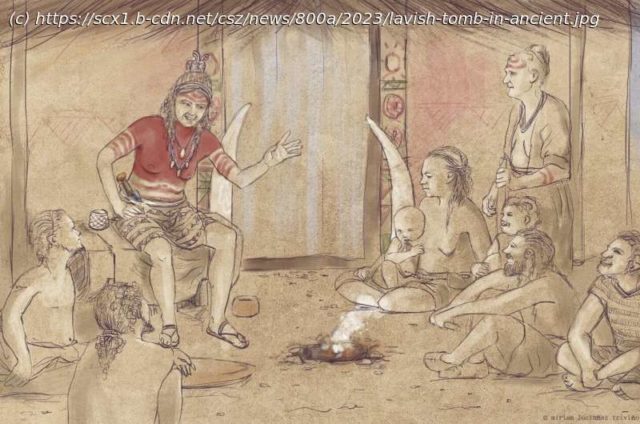When archaeologists first discovered the 5,000-year-old ornate tomb in Spain, they assumed it was for a man. It held a rock crystal dagger, ivory tusks and other lavish items. But now they’ve determined the remains are those of a woman, and all it took was two teeth.
When archaeologists first discovered the 5,000-year-old ornate tomb in Spain, they assumed it was for a man. It held a rock crystal dagger, ivory tusks and other lavish items. But now they’ve determined the remains are those of a woman, and all it took was two teeth.
The researchers used a new method of determining sex that analyzes tooth enamel. This technique, developed about five years ago, is more reliable than analyzing skeletal remains in poor condition, according to their study published Thursday in the journal Scientific Reports.
Most details about the life of the “Ivory Lady,” as researchers dubbed her, remain a mystery but there are some clues.
“She was buried alone in a tomb with very special artifacts,” said Leonardo Garcia Sanjuan, a co-author and archaeologist at the University of Seville in Spain. “That shows that she was a special person.”
The tomb is located a few miles west of Seville, near Spain’s southern coast, and was excavated in 2008. Archaeologists thought it contained a young man based on an examination of the poorly preserved bones and the fact that several precious items found in the tomb—including ostrich eggshells and amber along with the tusks and dagger—indicated that the individual held a high social status.
The new technique detects differences in the chemistry of tooth enamel between males and females and can be used even when full DNA is not available.
“This research provides one more piece of evidence questioning old historical narratives,” said Alison Beach, an historian at the University of St.






